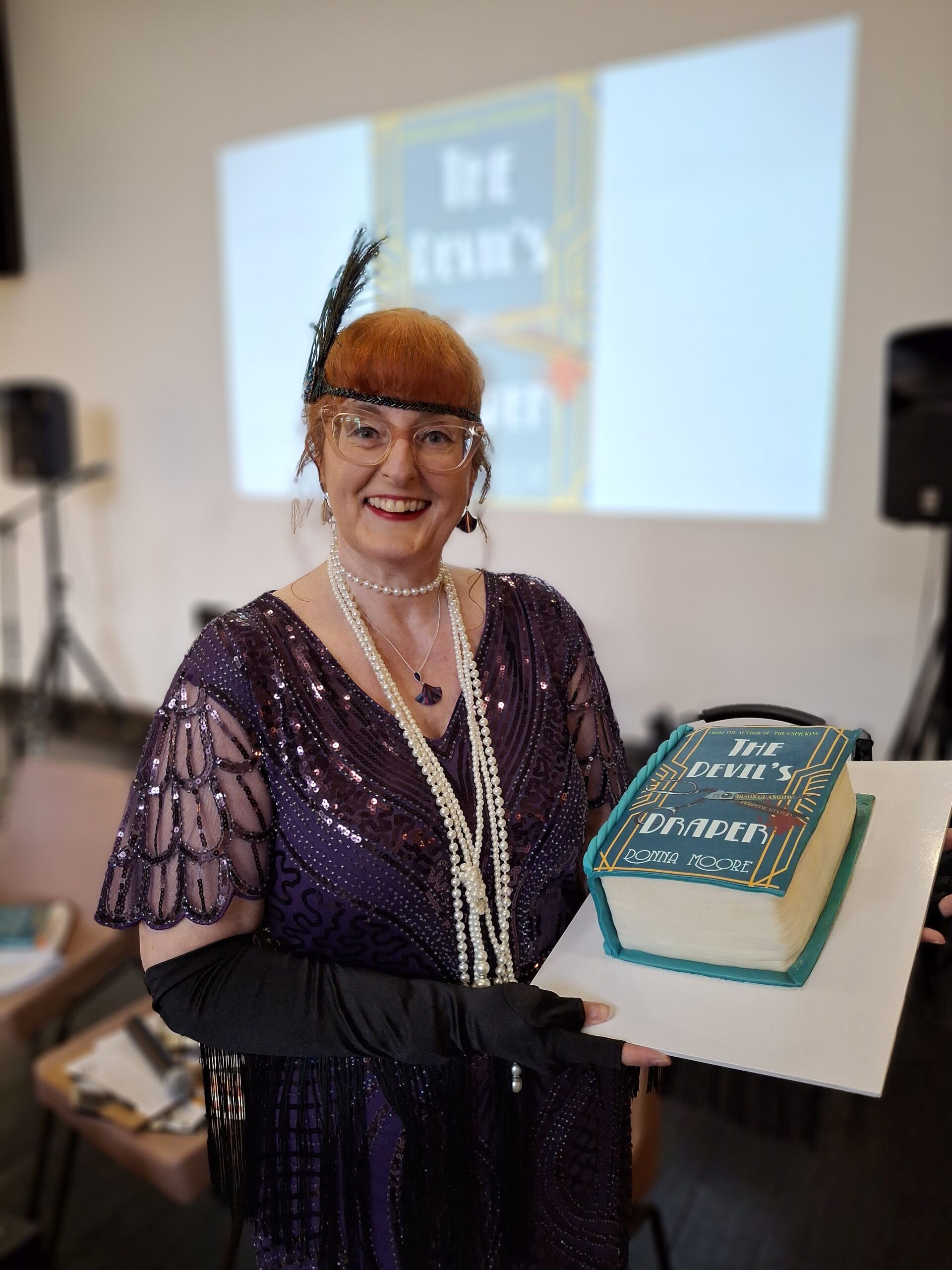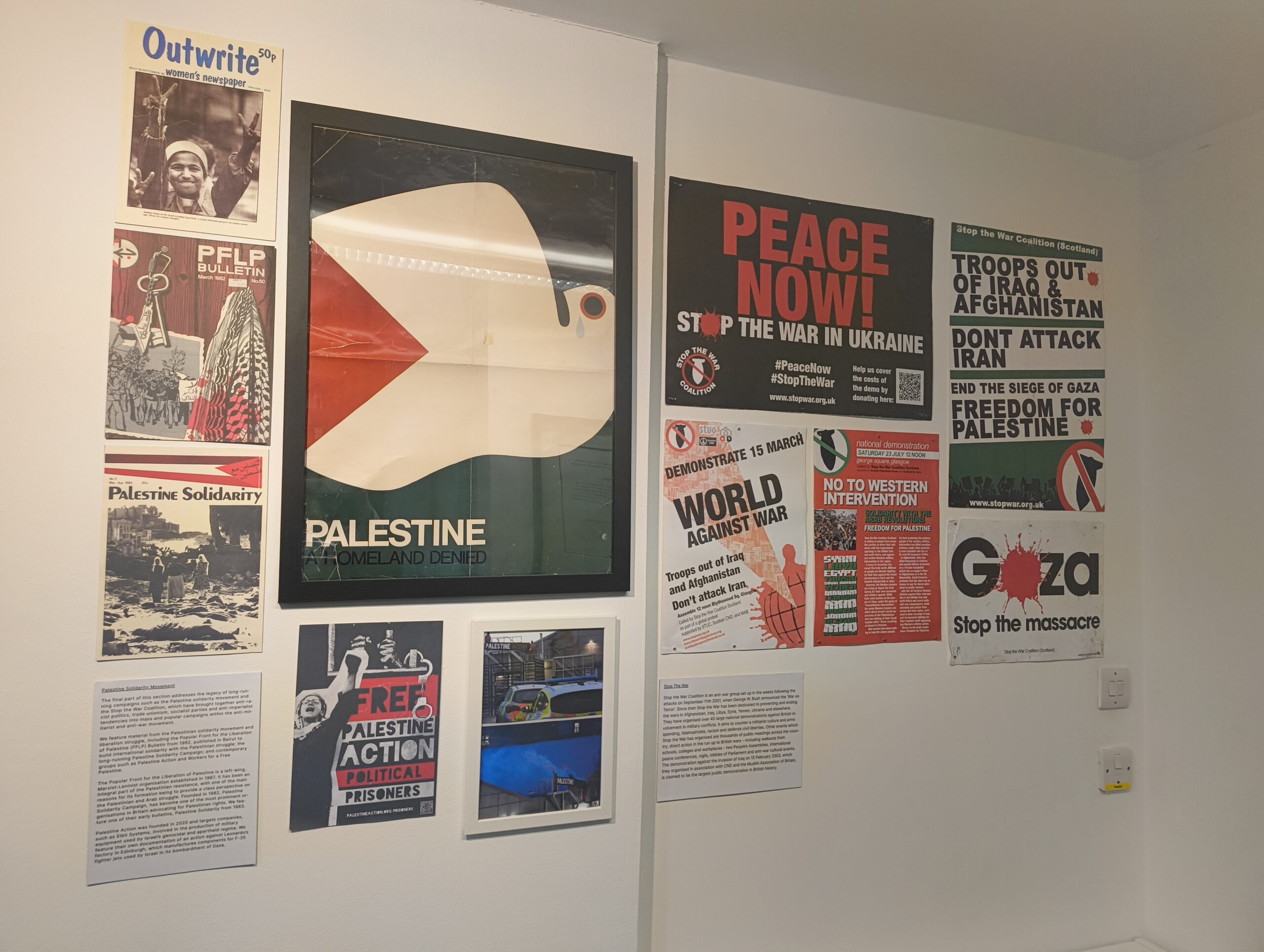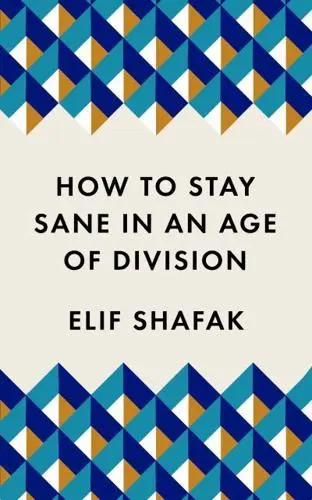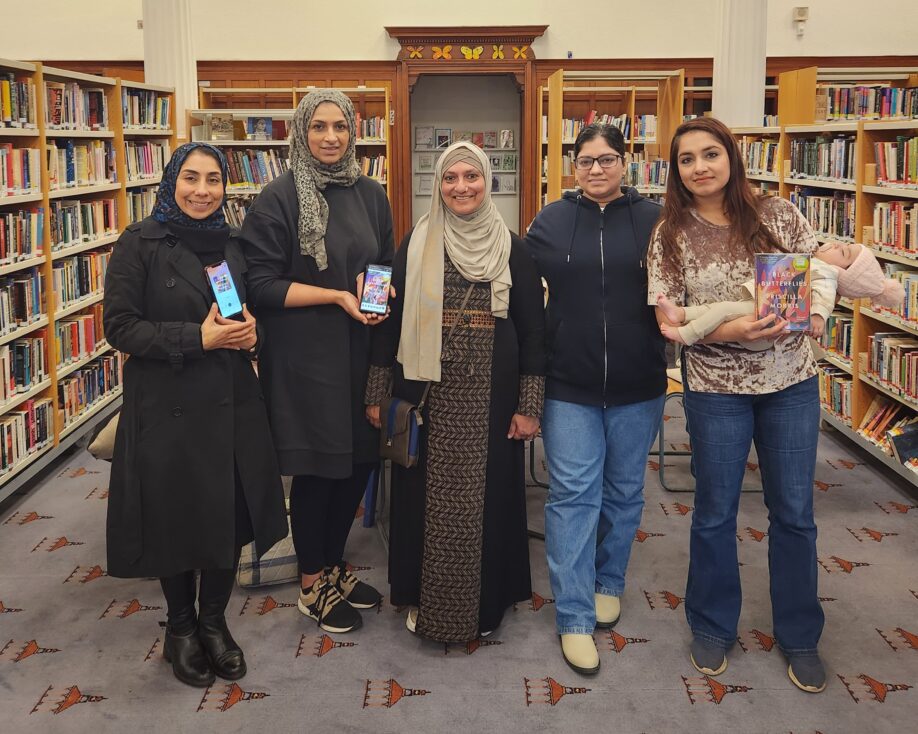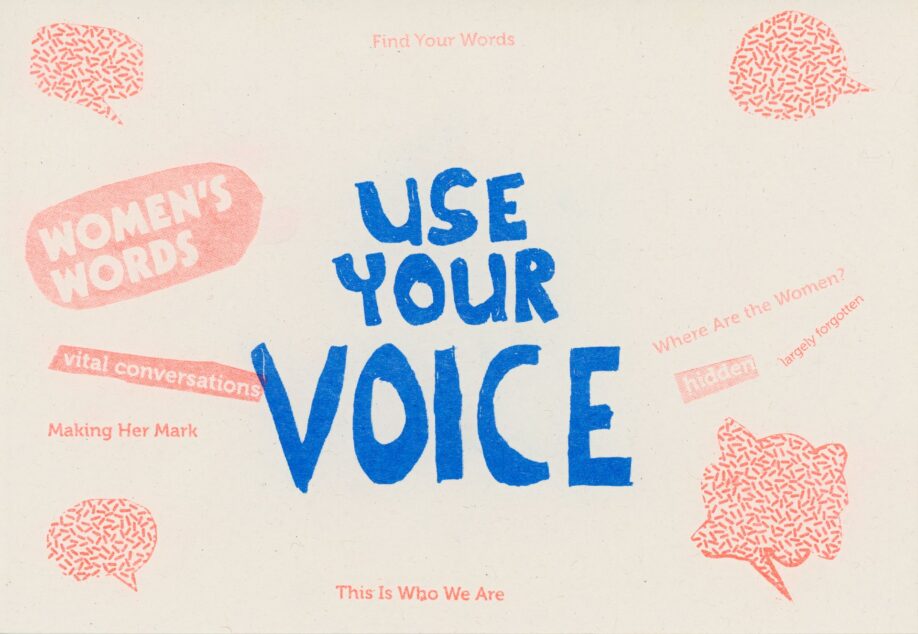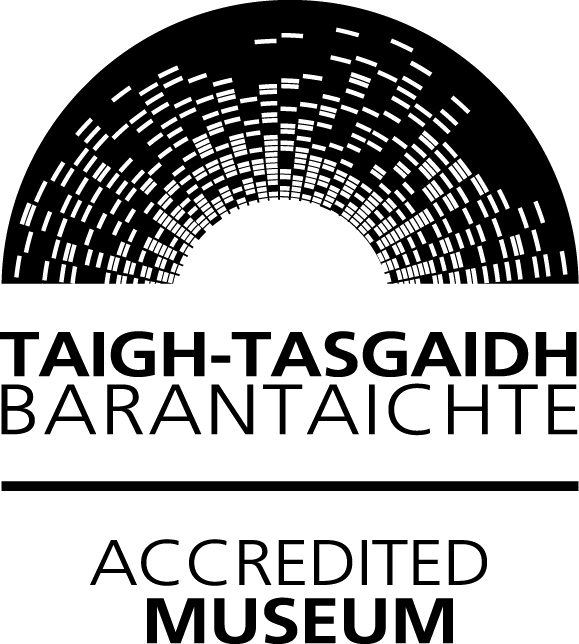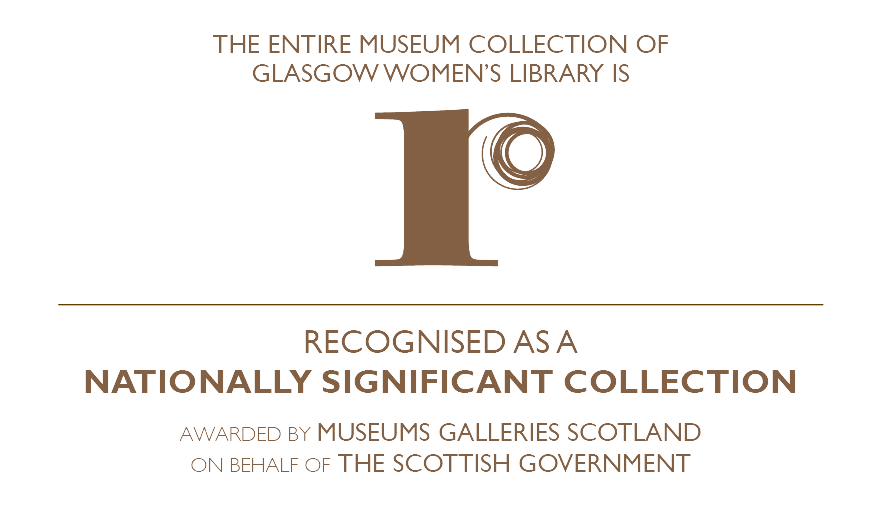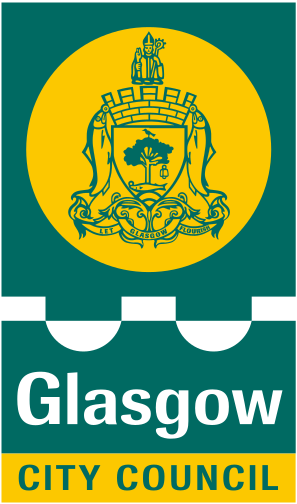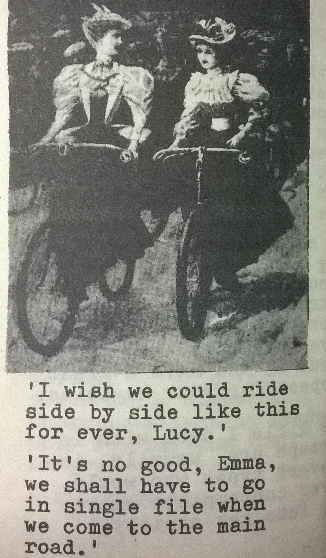
Arena Three, March 1972
In this last but not least important blog I will outline Arena Three’s evolution of content and style lingering on the most compelling cases. As I suggested in my previous post, the pivotal aim of Arena Three was the development of a lesbian community and culture. In fact, the columns ‘Paperback Notes’ (July 1967) and ‘Free Speech’ (November 1968) were born to encourage the reading of Sapphic writers first, and give a customary room of expression to Arena Three’s readers second (you know, ‘the customer is always right!’).
If Urania’s editors endorsed powerful but often abstract principles and values in their pages, this Sixties witty magazine had a concrete goal and it kept up with the times in order to reach it. In fact, during its nine years of life, Arena Three changed not only its cover, but its style and often its contents.
So, it is possible to roughly classify the different tone and means that Arena Three editors employed to achieve their aim: making the lesbian subject (great again) visible and well represented.
In the first phase, from 1963 to 1966, a certain gravity underlay the magazine that pursued the legitimization of lesbianism in two ways: depathologizing1 homosexuality and creating an artistic lesbian pantheon2.
In the second phase, from 1967 to 1972, the demands of the Women’s and Gay’s Liberation movements swayed the contents and style of the magazine that claimed more proudly a lesbian subjectivity and community. Additionally, in this phase the style seems more creative and playful.
Two compelling cases of the first phase are the column ‘The Cure’ by Hilary Benno, and ‘The Book List’ by Clare Barringer. ‘The Cure’ (February 1964) shows how gravitas and sarcasm can be used together to depathologize homosexuality without falling into shallowness. In so doing, Benno reveals the paradox and inconsistency of the Conversion Therapy. How does she do this? At the beginning of her illustration of ‘the celebrated Cure’ (3) she reveals that ‘one never comes across anybody who has actually been cured’ (ibidem) from homosexuality.
In ‘The Book List’ no. 10 (May 1965) Barringer makes a list of books written by lesbian authors or with a lesbian plot and content within. The distinctiveness of no. 10 is the fervour of the editor in emphasizing the work of one of these writers: Gale Wilhelm; a fervour that reminds one of the committed style of Urania.
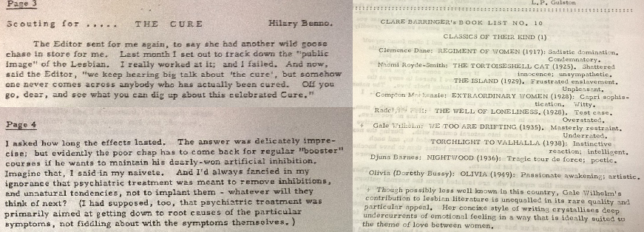
Two droll and priceless examples of the second playful phase of Arena Three are the lesbian ‘Crossword Puzzle’ (October 1968) and the ‘Homoscope’ (April 1971). It is clear from these two columns that building a lesbian community is still the biggest aim of Arena Three’s agenda; they change the tools but not the goal: Fun and Pride are the key words!
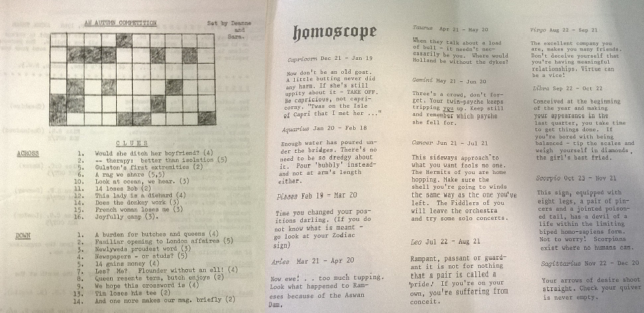
I think The Hairy Tale (April 1971) by Elsa Beckett deserves a final mention. As it is possible to grasp from the title, The Hairy Tale is a funny parody of the Fairy Tale genre that it is here overturned in favour of a lesbian and feminist princess protagonist.
Spoiler alert below!
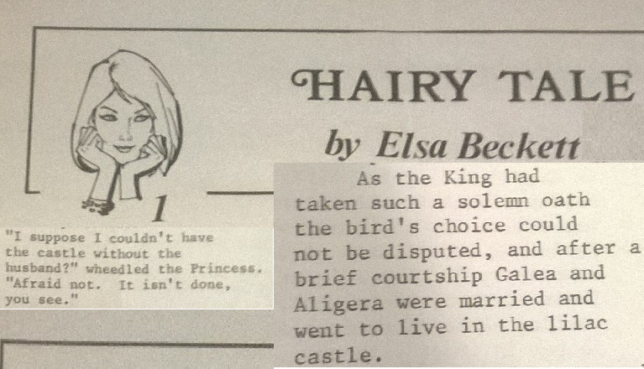
Would you like to know more about the lesbian life and community in the Sixties? On the shelves of the Glasgow Women’s Library you can find From the closet to the screen: women at the Gateways Club, 1945-1985 by Jill Gardiner. Do not miss the chance to read it!
I know you are dying to know the solutions of the very complicated Crossword Puzzle and, since you have read the whole article you can now be rewarded!
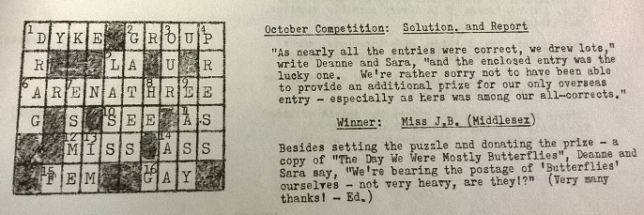
—
1) According to this statement, it is possible to read the columns ‘Is Homosexuality Unnatural?’ (February 1964) or ‘Lesbianism and Delinquency’ (March 1964).
2) One of the main goal of A3 was the creation of a lesbian herstory through the re-discovery of sapphic writers and artists. Look for instance at ‘Desert of the Heart and City of Night Book Reviews’ (February and March 1964) or ‘Book List’ by Clare Barringer (May 1964).

